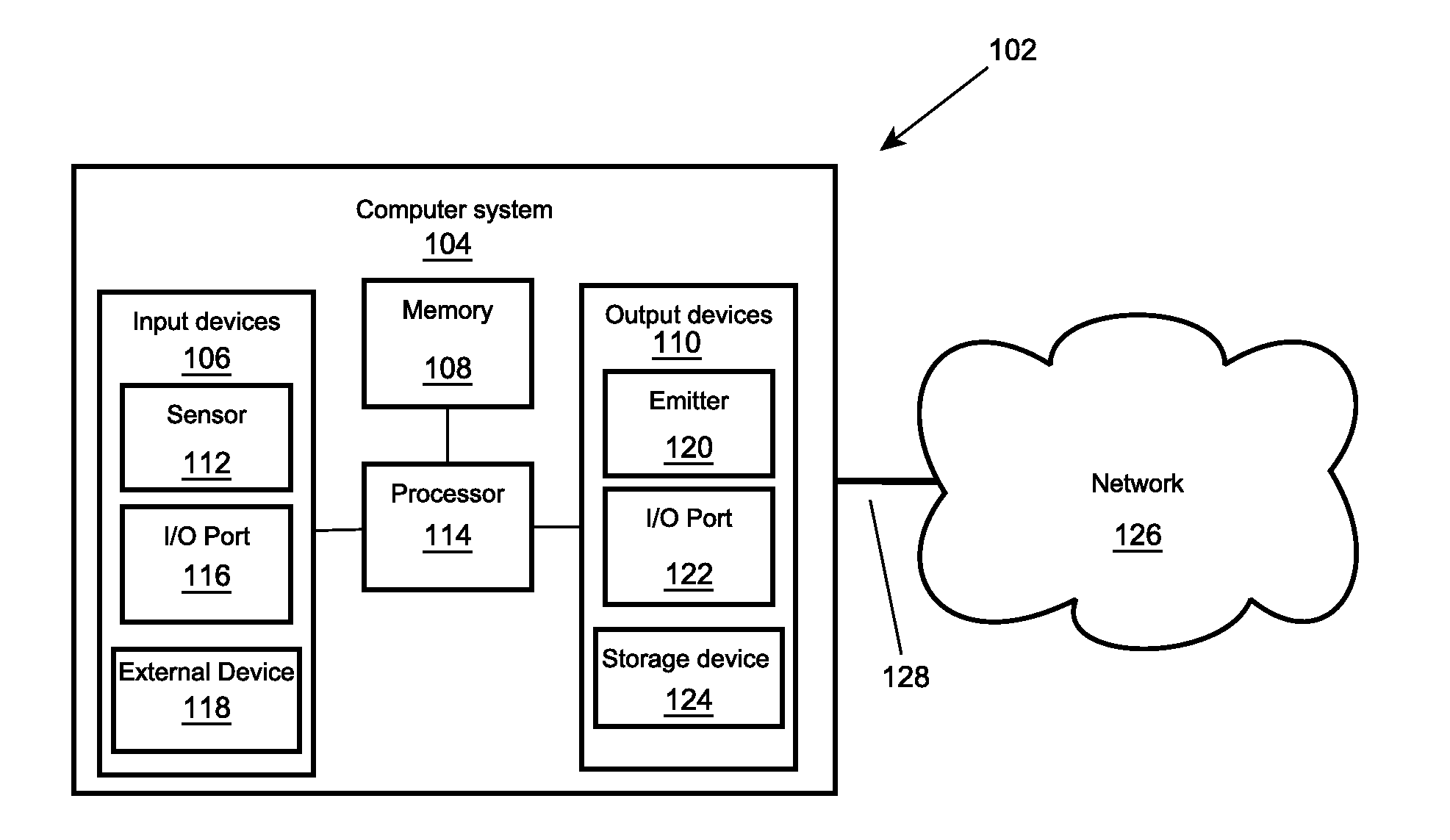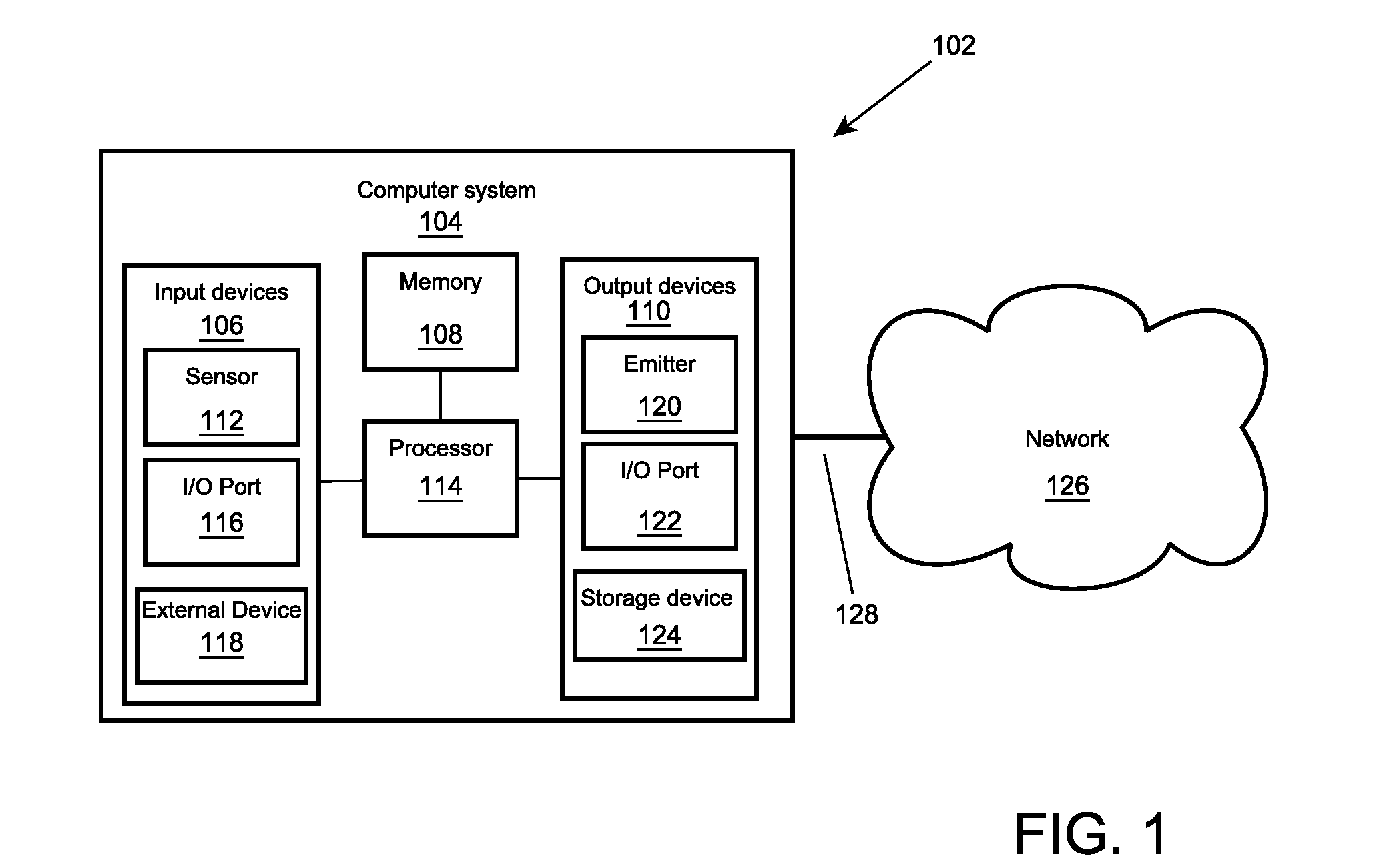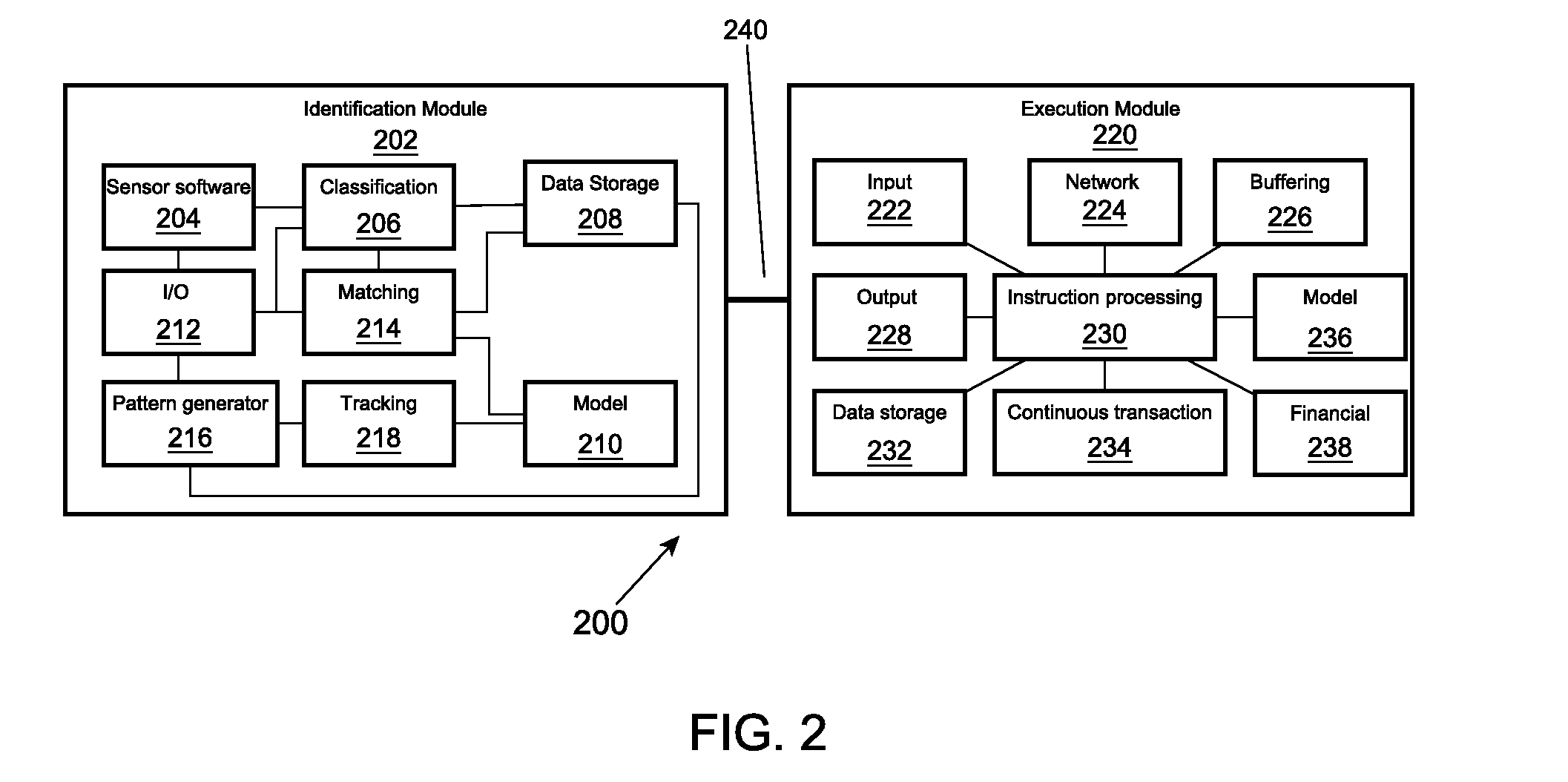Method and System for parallelizing payment operations
a payment operation and payment method technology, applied in the field of financial transaction systems, can solve the problems of reducing the share of this type of transaction worldwide, cumbersome payers, and higher risks of check transfers, so as to reduce the overall time of trade and payment, reduce the time spent on trade, and increase the productivity of cashiers.
- Summary
- Abstract
- Description
- Claims
- Application Information
AI Technical Summary
Benefits of technology
Problems solved by technology
Method used
Image
Examples
second embodiment
[0120]One particular type of recognition, that can be performed as a part of second embodiment is OTA payment by mobile device or internet. As a first step, user pre-enrolls to perform payment in specific location through internet. Then the additional information, such as GPS coordinates are obtained by user's device and are transferred to the merchant or payee. Payee's personnel is then performing identification using their natural senses, generally following the process similar to process 700. In particular, payee's personnel is informed about some characteristics of payer, such as but not limited to appearance, name, code and any other information. As personnel identifies payer 708, information is transferred to Execution module 712 where standard operations can be performed. In case personnel is capable of payer's identification prior to the end of trade, significant amount of operations, such as operations described in embodiments five and six can be performed without increase ...
fifth embodiment
[0132]FIG. 11 shows example process of After start 1102, user information is obtained from Identification module in step 1104. Step 1106 checks if Continuous transaction is enabled and if it is not enable process exits 1152. Alternative process as shown in FIG. 4 can be used in such event.
[0133]If Continuous transaction is enabled, Continuous transaction sub-module of Execution module is activated to perform various operations. In step 1108 Internal Account balance is checked. Depending on the configuration, internal balance information can be contained within data storage of Execution module or can be available through network. Internal Account balance is funds which are dedicated as collateral. It can be represented by bank account, funds on account or for example by a pre-authorized transaction. Further the sufficiency of funds is checked in step 1110. Funds available are compared against a certain amount which was previously recorded in data storage. If funds are insufficient t...
sixth embodiment
[0138]FIG. 12 shows algorithm 1200 which relates to sixth embodiment and is mostly executed by Execution module. After start 1202, user information 1204 is obtained from Identification module. Step 1206 checks if continuous transaction is enabled, and if it is enabled Internal Account Balance is checked 1208. Internal account balance represents funds that are allocated on account which is either within Execution module, or Execution module has full control over such account. Payer pre-deposits funds to such vault account and typically would deposit sum related to average ticket value. Alternatively, payer may use vault account as a typical deposit account, thus deposit sum would not be related to average ticket value.
[0139]Execution module can check amount available on the account and put hold on it 1216, suspending all other operations with such account, for the duration of operation described by algorithm 1200. Before putting hold on account 1216, algorithm 1200 checks if funds ar...
PUM
 Login to View More
Login to View More Abstract
Description
Claims
Application Information
 Login to View More
Login to View More - R&D
- Intellectual Property
- Life Sciences
- Materials
- Tech Scout
- Unparalleled Data Quality
- Higher Quality Content
- 60% Fewer Hallucinations
Browse by: Latest US Patents, China's latest patents, Technical Efficacy Thesaurus, Application Domain, Technology Topic, Popular Technical Reports.
© 2025 PatSnap. All rights reserved.Legal|Privacy policy|Modern Slavery Act Transparency Statement|Sitemap|About US| Contact US: help@patsnap.com



